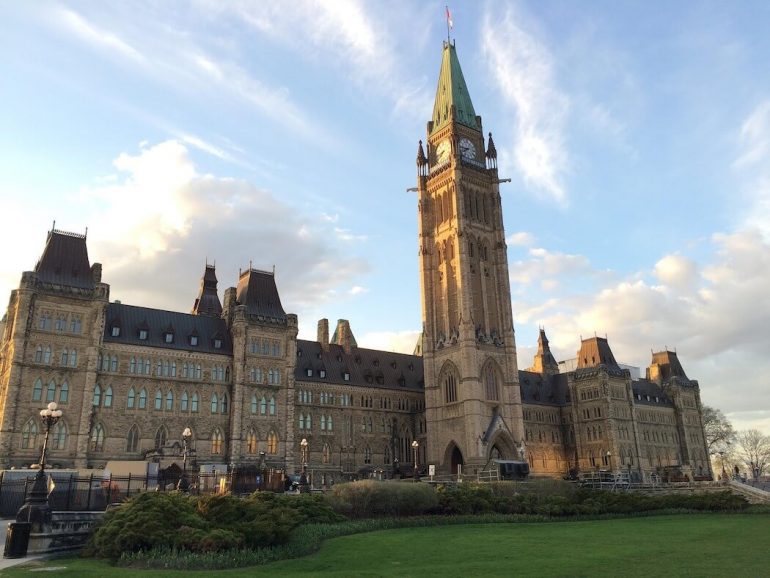Yesterday, the Department of Finance released two draft legislative proposals to implement technical amendments to the Canada Emergency Wage Subsidy (CEWS) and the Canada Emergency Rent Subsidy (CERS) programs, aiming to give applicants more flexibility regarding revenue decline for the previous qualifying period, December 20, 2020 to January 16, 2021.
The federal government said these changes will clarify the eligibility requirements and expand the accessibility of the two key COVID-19 business support programs.
The changes aim to give applicants more flexibility regarding revenue decline for specific qualifying periods.
Canada’s wage and rent subsidies operate based on four-week qualifying periods. Applicants are currently required to demonstrate a decline in revenue between a current reference period and a previous reference period: either the same period in the previous year, or the average during January and February 2020.
One of the proposed changes from the draft legislation aims to amend the Income Tax Act in order to ensure that applicants’ percentage revenue decline for the eleventh qualifying period of December 20, 2020, to January 16, 2021, may not be less than their percentage revenue decline during the ninth qualifying period, October 25, 2020, to November 21, 2020.
The Government of Canada claims this will provide greater flexibility for applicants given that the eleventh qualifying period uses the same reference months—December 2020 over December 2019—which it says means the percentage revenue decline for those two periods would otherwise be the same.
The emergency wage subsidy, CEWS, provides financial support to businesses with any revenue decline. The federal government recently extended CEWS to June 2021, raising it back to 75 percent for the period of December 20, 2020, to March 13, 2021.
RELATED: Senate passes new rent relief program, June extension of wage subsidy
The emergency rent subsidy, CERS, covers up to 65 percent of eligible expenses for businesses impacted by the pandemic, including rent, property taxes, insurance, and interest on mortgages for businesses.
The Government of Canada launched CERS last November to replace the Canada Emergency Commercial Rent Assistance (CECRA) program. Unlike its predecessor, CERS provides qualifying renters and property owners with funds directly.
Following concerns raised by stakeholders, the Department of Finance also plans to alter its Lockdown Support program to ensure that it supports property owners subject to a lockdown that qualify for the program otherwise, but do not have an arm’s length tenant. Previously, the program excluded property owners without an arm’s length tenant.
The proposed changes to the Lockdown Support program address an issue associated with property owners with non-arm’s length tenants who are subject to lockdown. Under the current legislation, this group does not qualify for the rent subsidy.
“Since the property owner’s activities were not required to cease, the ‘public health restriction’ conditions would not be met and the Lockdown Support would not be available. This result is unintended and inconsistent with the policy underlying the rent subsidy,” wrote the Department of Finance in a statement. This change to the Lockdown Support program will apply retroactively to September 27, 2020.
As of February 14, CEWS has approved 2,619,890 applicants, granting $65.56 billion in wage subsidies, while CERS has approved 380,240 applicants, granting $1.42 billion in rent subsidies.
Image source Pixabay


